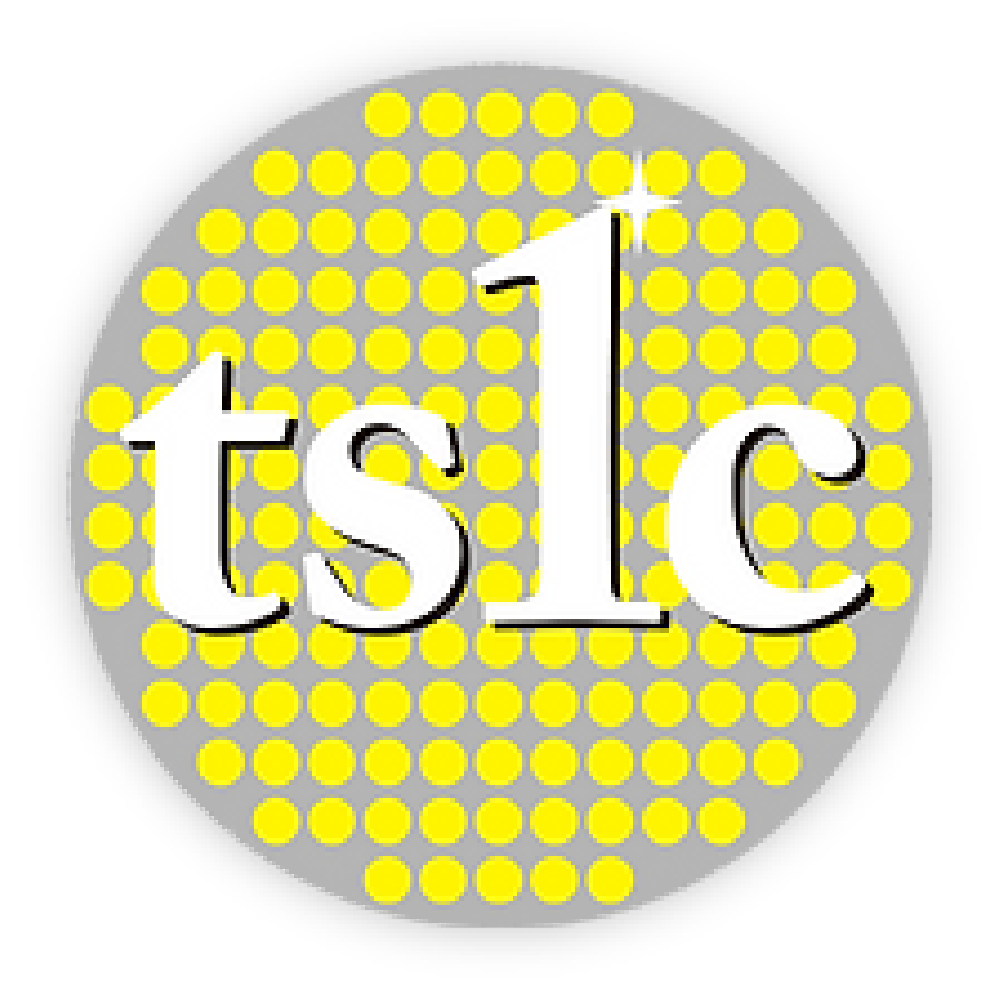What Is UV Printing? A Complete Guide to Its Benefits and Uses
In the ever-evolving landscape of printing technologies, UV printing has emerged as a transformative force, offering unparalleled advantages in speed, quality, and versatility. This comprehensive guide delves into the various printing methods, explores different ink types, and highlights the superiority of UV printing—particularly when utilizing UV LED lamps.
Understanding Printing Methods
The printing industry encompasses a range of techniques; each tailored to specific applications and materials:
- Offset Printing (Lithography): A traditional method where inked images are transferred from plates to a rubber blanket, then onto the printing surface. It’s renowned for high-quality output and cost-effectiveness in large-volume runs.
- Flexography (Flexo): Utilizes flexible relief plates to print on various substrates, including plastic, metallic films, and paper. Flexo is widely used for packaging due to its adaptability and speed.
- Gravure Printing: Involves engraving images onto cylinders, allowing for high-speed production of consistent, high-quality prints. It’s commonly used for magazines, catalogs, and packaging.
- Digital Printing: Employs digital files to directly print onto substrates, eliminating the need for plates. Ideal for short runs and personalized prints, digital printing offers quick turnaround times.
Exploring Ink Types
Inks play a pivotal role in the printing process, with various types suited to different methods and materials:
- Oil-Based Inks: Known for their durability and vibrant colors, oil-based inks are commonly used in offset printing. However, they require longer drying times and emit higher levels of volatile organic compounds (VOCs).
- Water-Based Inks: These inks are environmentally friendly, emitting fewer VOCs. They’re suitable for printing on absorbent materials like paper and cardboard but may lack durability on non-porous surfaces.
- UV-Cured Inks: Utilize ultraviolet light to instantly cure the ink, resulting in sharp, vibrant prints. UV inks adhere well to a wide range of substrates, including non-absorbent materials like glass and metal.
Advantages of UV-Cured Inks
UV-cured inks have revolutionized the printing industry by offering numerous benefits:
- Instant Drying: The immediate curing process allows for faster production speeds and reduces the risk of smudging.
- Enhanced Durability: UV inks are resistant to scratches, chemicals, and weathering, making them ideal for outdoor signage and packaging.
- Versatility: They can be used on a variety of substrates, including plastics, metals, and glass, expanding the range of printable materials.
- Eco-Friendly: UV printing emits minimal VOCs, contributing to a safer and more environmentally conscious printing process.
UV Curing: Mercury Lamps vs. UV LED Lamps
The curing process in UV printing traditionally relied on mercury vapor lamps. However, UV LED lamps have emerged as a superior alternative:
Mercury Vapor Lamps
Pros:
- Established technology with widespread use.
Cons:
- High energy consumption and heat generation.
- Contains hazardous mercury, posing environmental and health risks.
- Shorter lifespan, leading to frequent replacements.
UV LED Lamps
Pros:
- Energy-efficient, consuming significantly less power.
- Longer operational life, reducing maintenance costs.
- Instant on/off capabilities, enhancing production efficiency.
- Lower heat emission, allowing printing on heat-sensitive materials.
- Environmentally friendly, containing no hazardous substances.
Cons:
- Higher initial investment, though offset by long-term savings.
The shift towards UV LED technology is driven by its numerous advantages, including energy savings of up to 85% compared to traditional mercury-vapor UV lamps。
Conclusion
UV printing stands at the forefront of modern printing technologies, offering unmatched benefits in speed, quality, and environmental sustainability. The adoption of UV-cured inks, particularly when paired with UV LED curing systems, provides a compelling solution for businesses seeking efficient and versatile printing methods. As the industry continues to evolve, embracing UV printing technologies will be crucial for staying competitive and meeting the growing demands for high-quality, eco-friendly printing solutions.
